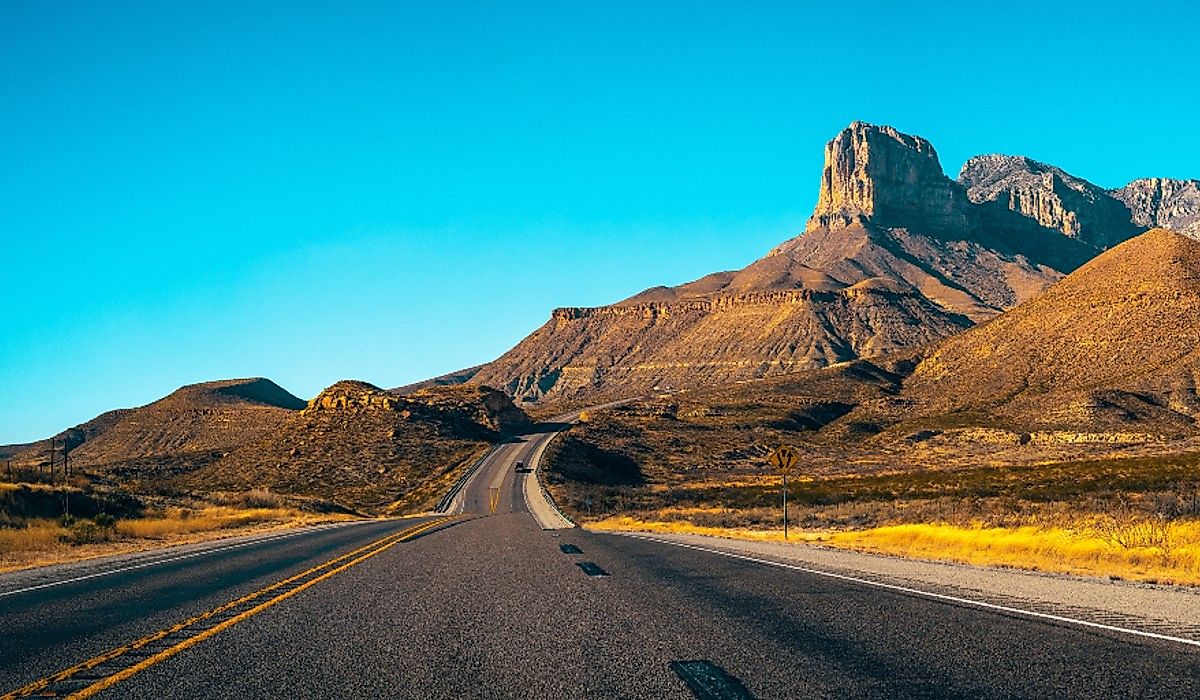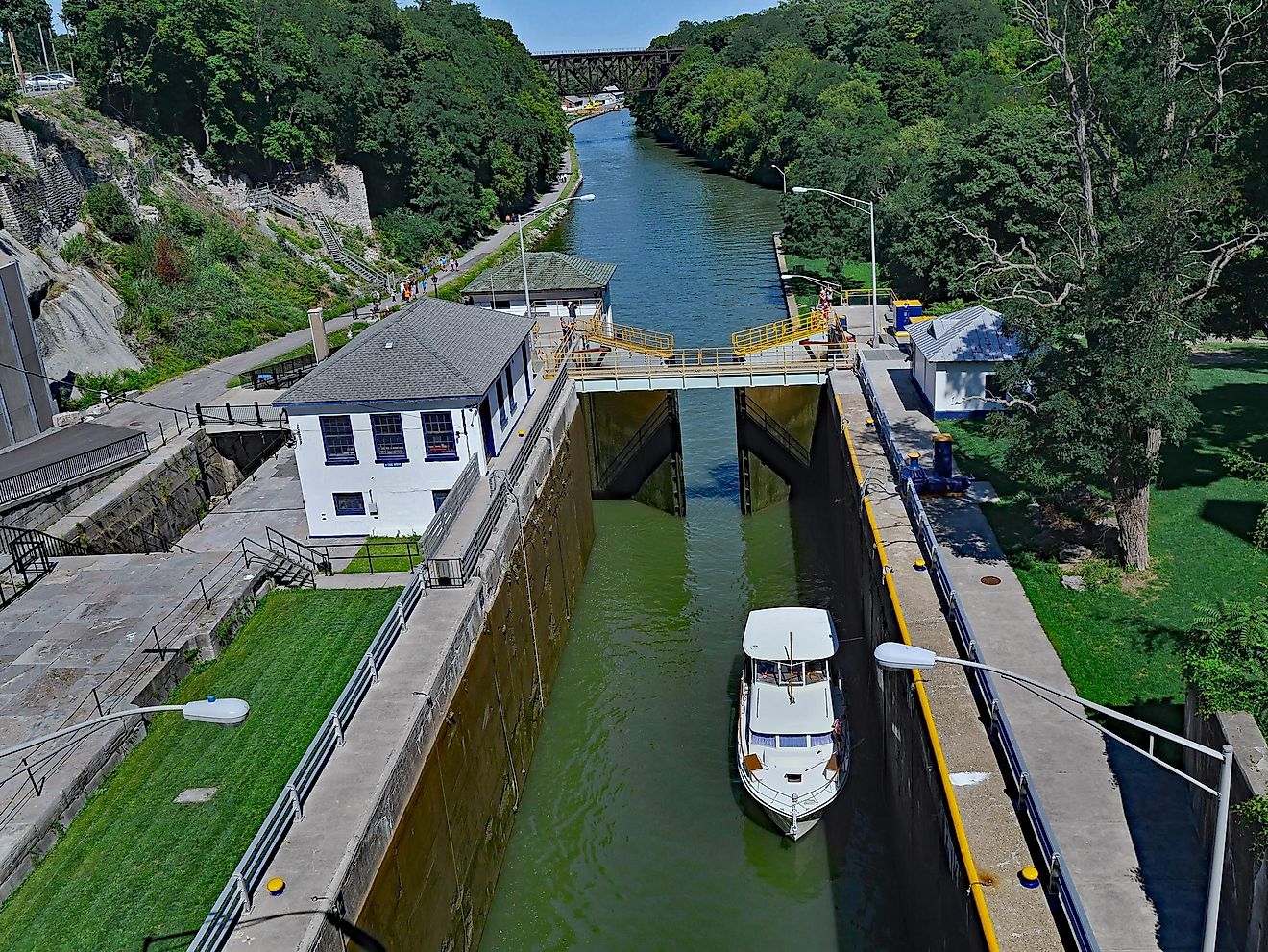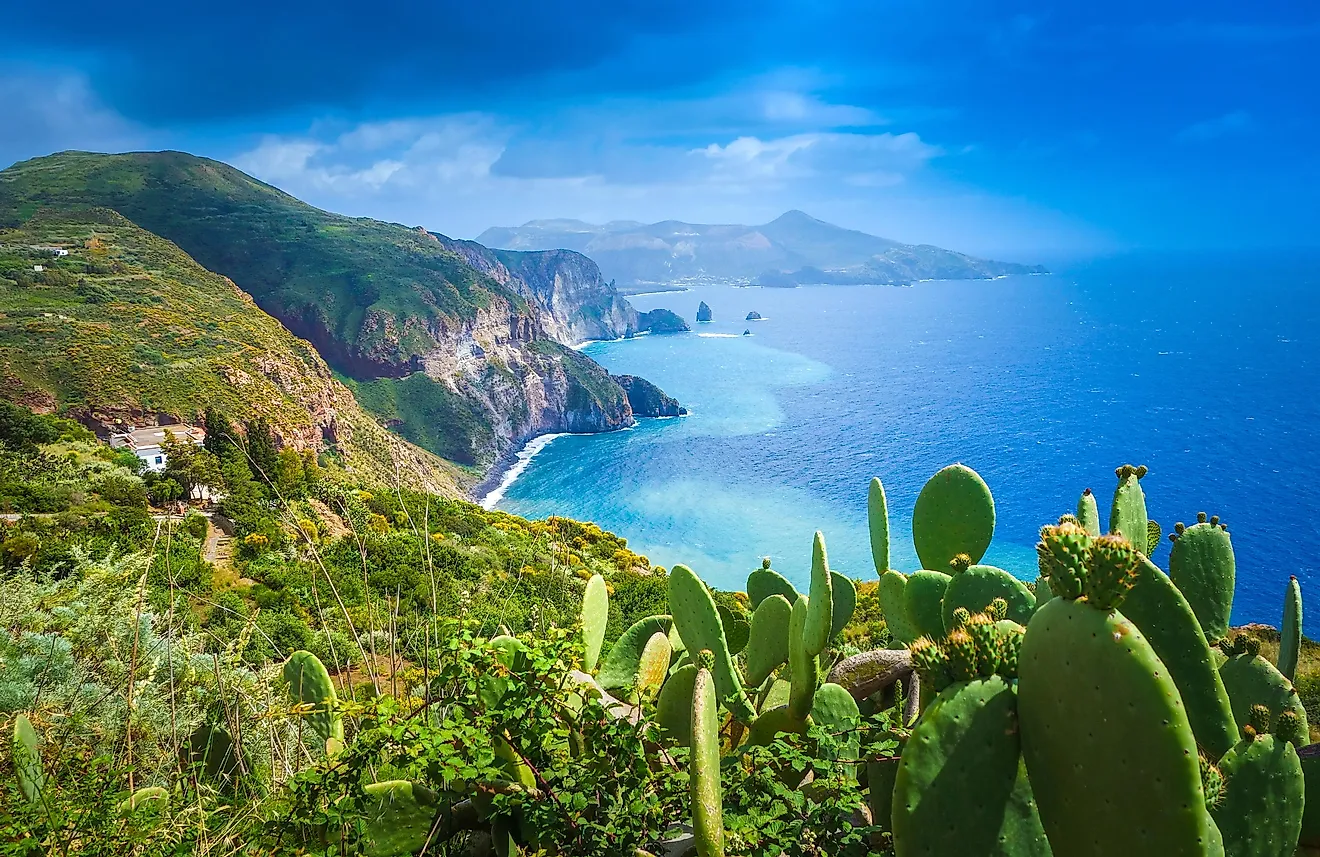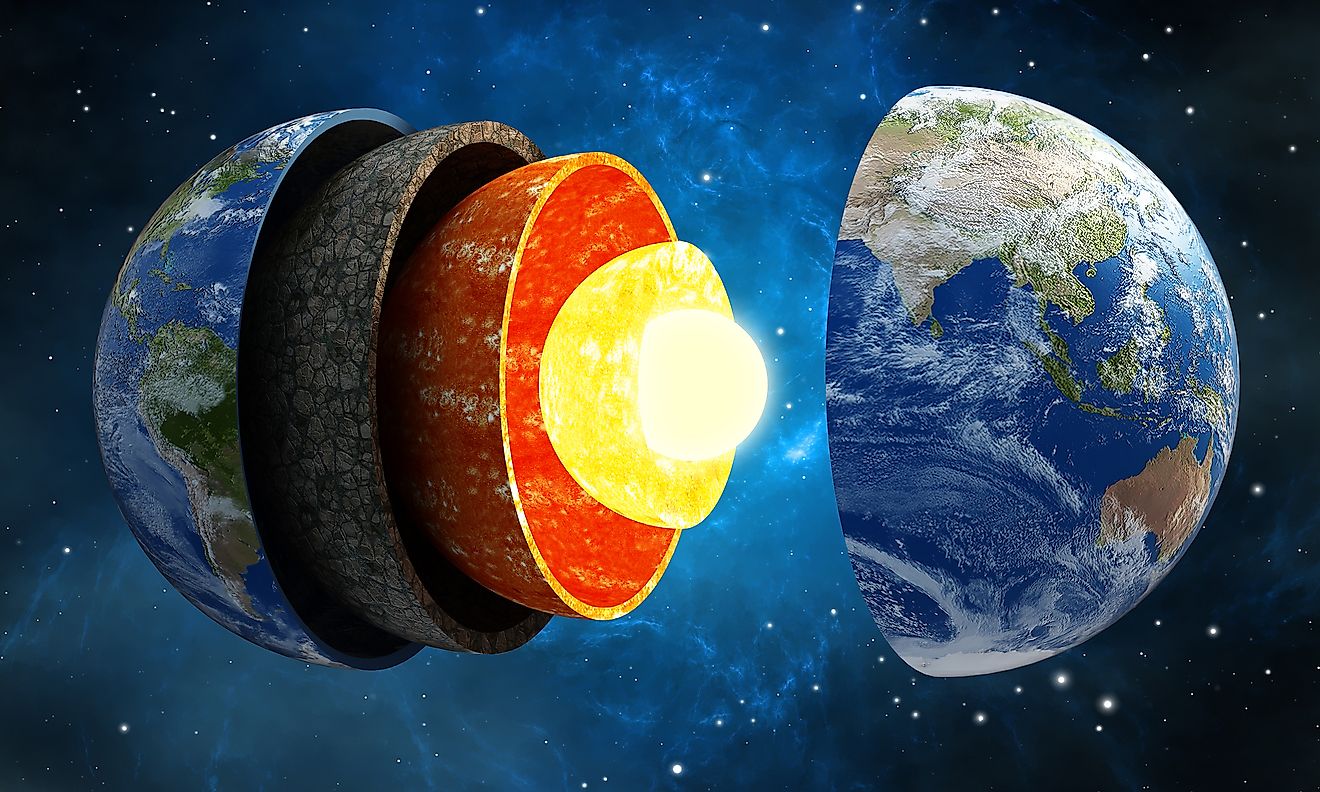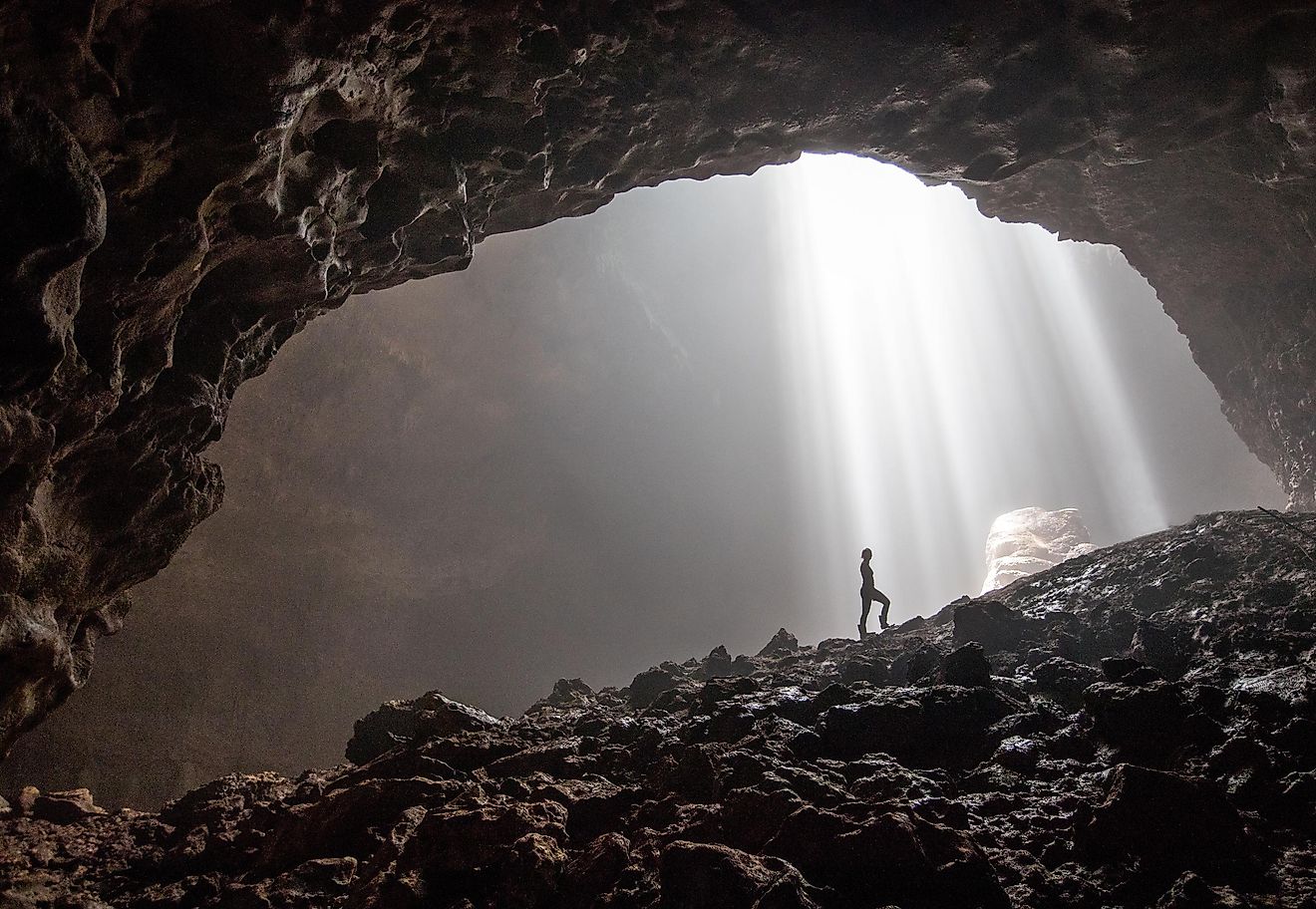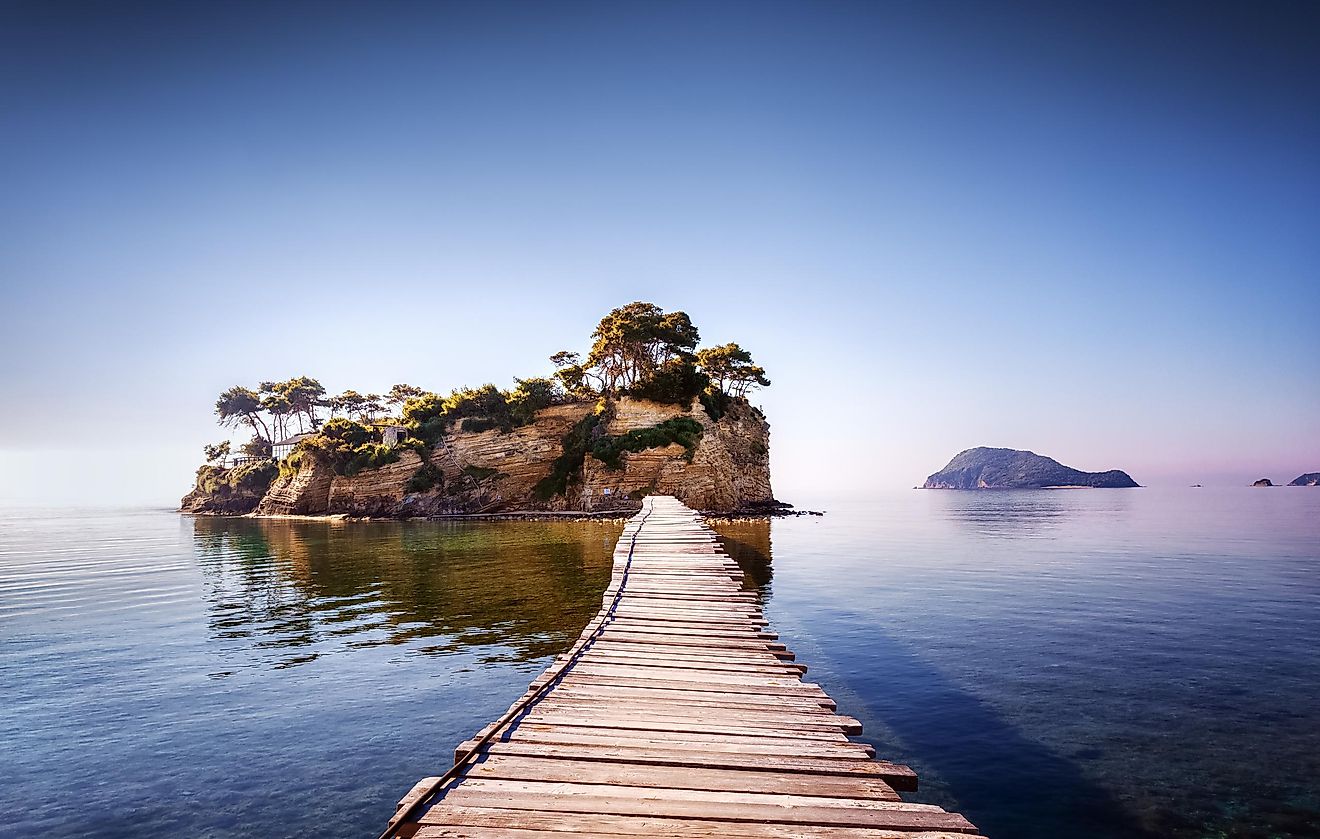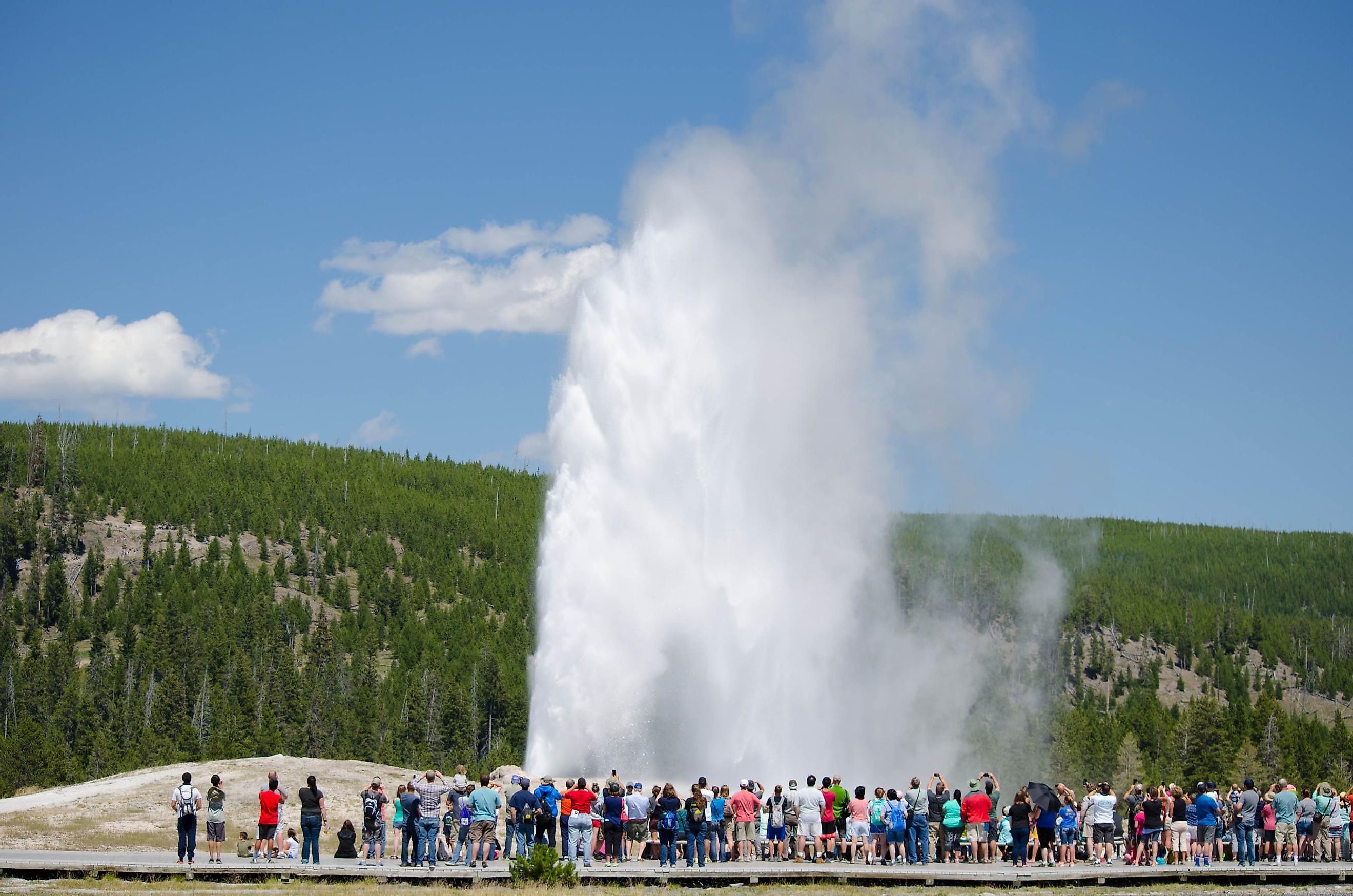
11 of America's Most Famous Geysers
At regular intervals, perhaps every 90 minutes, like Old Faithful, or three days, or even 50 years, she blows off steam, sending water nearly 400 feet into the sky, like Steamboat Geyser, creating a natural spectacle that makes you gasp as the mist roars and swirls in one of nature’s most majestic aerial shows. There is something about water that humans love, whether it is the deceptive calm in a pool or basin, the mountain-like waves on the surface of oceans and seas, or the glistening waterfalls we love to see on the crest of hills and mountains. Yet a geyser, because of its order and disorder, is in a special category. Discover 11 of America’s most famous geysers.
Old Faithful
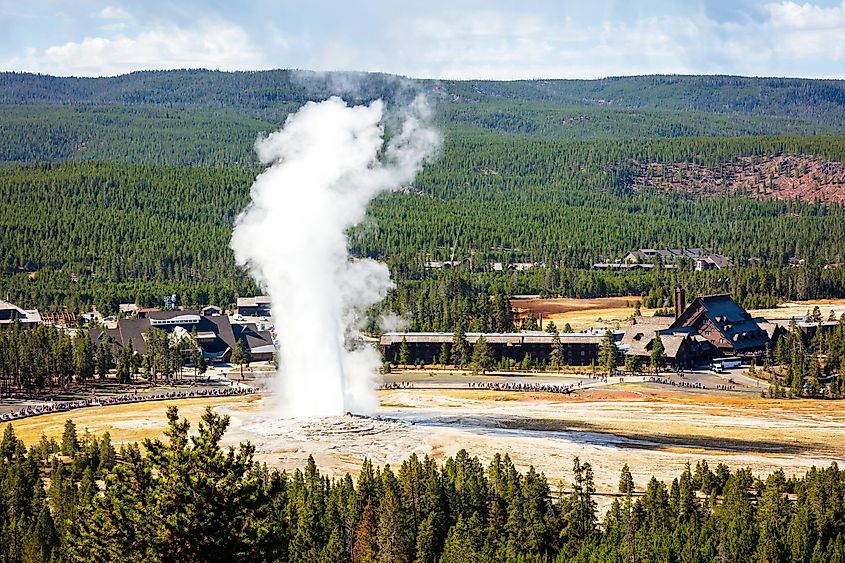
The appropriately-named Old Faithful is in Yellowstone National Park’s Upper Geyser Basin. The fact that Yellowstone plays host to America’s most famous geyser should not come as a surprise. The first national park in the United States is home to more than 10,000 geothermal features, including more than 500 geysers. For perspective, that is approximately half of the number of geysers on the planet. The worldwide fame of Old Faithful is no hype. Unlike many geysers, Old Faithful has been shooting forth water regularly since the beginning of recorded history. Every 90 minutes, as if preprogrammed by a subterranean god, Old Faithful roars and sends waves of water about 130 feet in the sky in a dramatic eruption that often lasts several minutes. There is a grain of truth in the oft-quoted remark that you have not really been to Yellowstone — if you have not experienced Old Faithful.
Steamboat
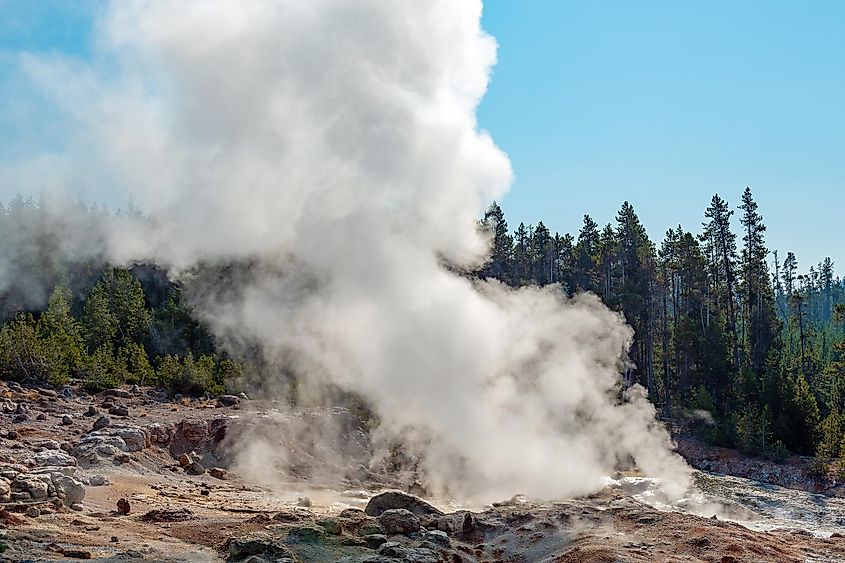
While Old Faithful is famous because its eruptions are uniquely precise and regular, Steamboat Geyser is famous because it rises higher than any other active geyser on the planet. Located in Norris Geyser Basin, one of the 11 geyser basins in Yellowstone National Park, Steamboat can decide to erupt after three days, three years, or even 50, depending on its geologic mood swings. When this erratic giant shoots forth, however, it stages a show that is among the most heart-melting in the world. It is only Steamboat that can send water up into the sky to approximately 380 feet. For perspective, that is about half the height of New York City’s Woolworth Building, the tallest building in the world from 1913 to 1930.
Morning Glory
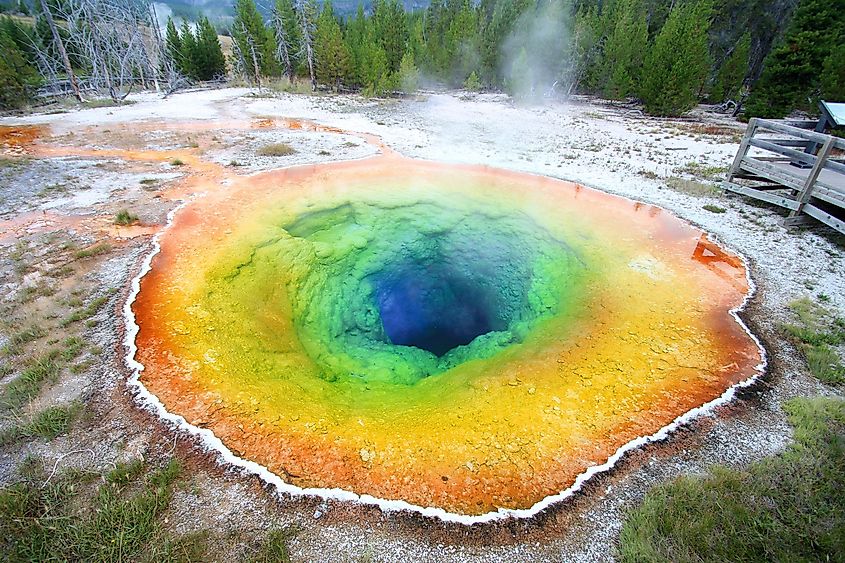
Morning Glory Geyser is the kind of geyser you will remember seeing when you were a 9-year-old boy. This is because you will see Morning Glory once — and its colorful sight will stay in your mind forever. What makes Morning Glory special is its color show. No other geyser probably comes close. Named for the stunning trumpet-shaped flowers that have a distant fragrance and are popular with butterflies, Morning Glory’s color — or colors — has always been its most memorable feature. While previously blue, Morning Glory today exudes a more liberal display of color with hints of orange, yellow, and green. Scientists have attributed Morning Glory’s previous predominant blue to the presence of heat-seeking bacteria that are often blue in color. Today, because people throw trash and block the vents from releasing heat, other microorganisms have infiltrated the pool, changing its hue.
Old Perpetual
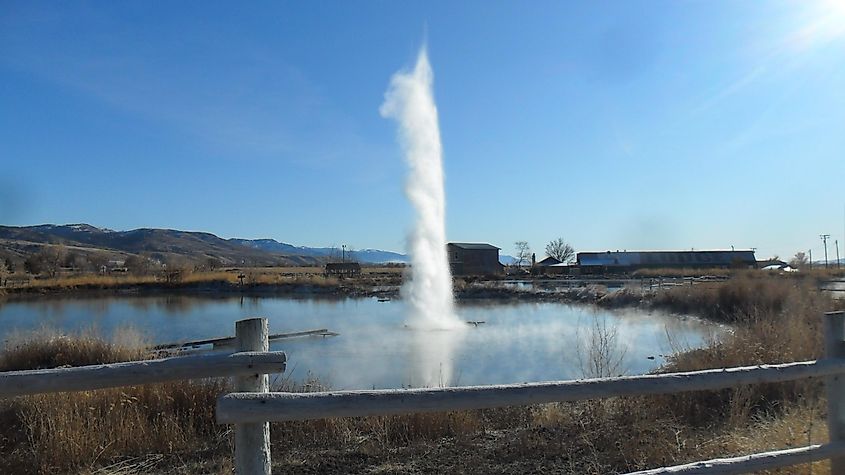
Old Perpetual is special in several ways. For starters, it is the only geyser — not only in Oregon — but also in the Pacific Northwest. Then again, while geysers are often natural occurrences and explode in the sky without any human intervention, Old Perpetual is in a sense manmade. What stirred it to life was a well-drilling operation exactly a century ago. At intervals of approximately 90 seconds, Old Perpetual roars to life, shooting forth water about 50 to 60 feet in the sky. While its other sister geysers have all retired from active duty, Old Perpetual, true to its name, still blows off steam. While it can be unreliable, it has refused to bow out and remains the star attraction in Oregon’s Lake View Town. If you are planning to experience this Oregon water wonder, avoid coming in the fall, when it is mysteriously dormant.
Lone Star
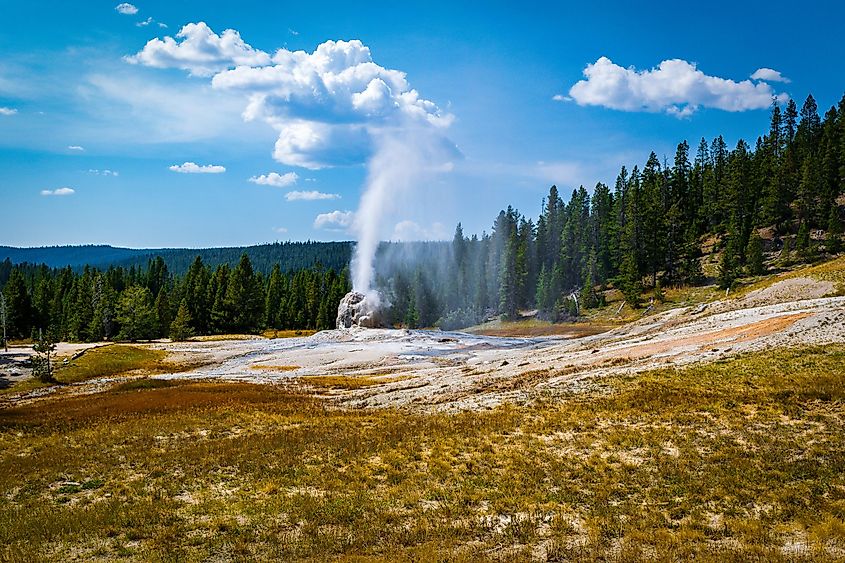
While we like front-country geysers because they are often easy to reach, especially if you have a car and need convenient access, back-country geysers are also just as popular, even if less glamorized. A case in point is Lone Star Geyser, located in Yellowstone National Park’s Lone Star Geyser Basin. Just like Old Faithful, Lone Star Geyser is a cone geyser. This means its water gushes out in fairly cone-shaped, narrow jets. This is unlike fountain geysers that shoot water all around. An exciting aspect of the Lone Star Geyser is that its eruptions are often predictable and take place after about every 3 hours. That means you easily catch its explosion, so long as you have three or four hours to play with. As to how high it can go, the Lone Star Geyser can spray its waters up to 45 feet in the air.
Fly Ranch Geyser
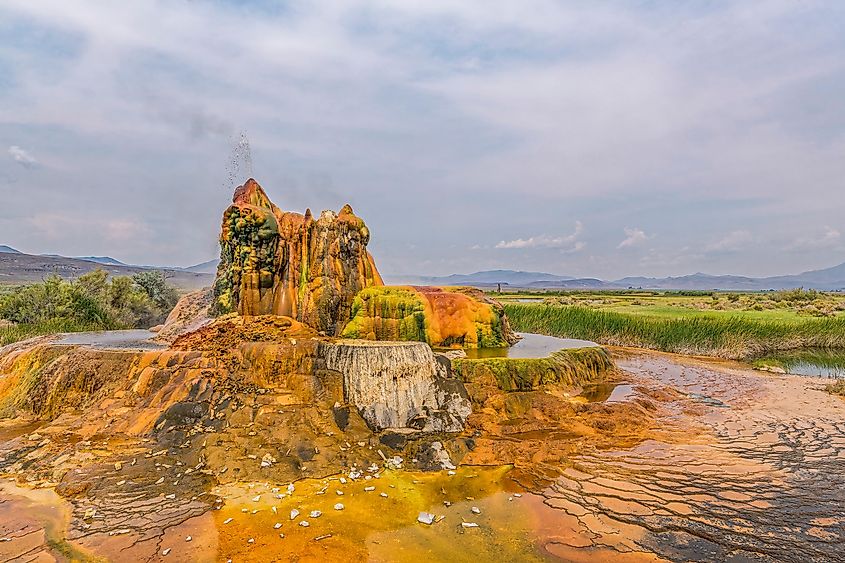
Nevada is often on many lips because one of its cities, Las Vegas, happens to be the Entertainment Capital of the World. Yet Nevada is also nature’s playground and features honey-combed sandstone formations that are both unique and spectacular in equal measure. Well, Fly Ranch Geyser is also in Nevada, and there are at least three things that make it special. For starters, this water wonder lies in one of the unlikeliest of landscapes; Nevada’s desiccated deserts. Secondly, Fly Rach Geyser’s whimsical rainbow color and cone-shaped mounds are an incredible sight to behold. Then again, and perhaps what is among the most remarkable is that Fly Ranch Geyser came about totally by accident; a geothermal power company that was drilling a test well apparently failed to seal the hole off properly. Talk about the blessings of an accident.
Grand Geyser
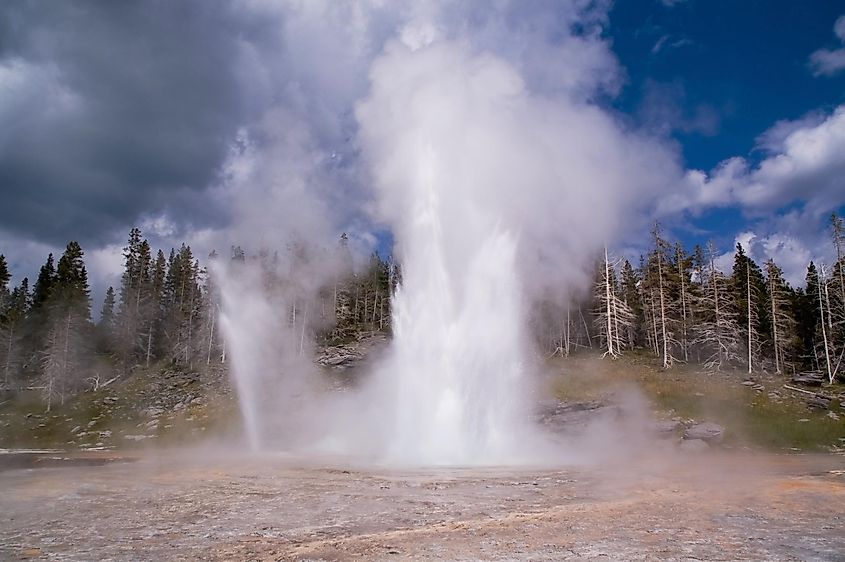
Who would let pass the chance to check out a glacier that is called “Grand.” Unlike Old Faithful, Steamboat, and Lone Star geysers, Grand Geyser is a fountain glacier; It sprays its waters in several directions – not in stream-like jets. Grand Geyser is in Yellowstone National Park’s Upper Geyser Basin and is just about a mile from Old Faithful. Its powerful eruptions often go up to 150 feet in the air. In some instances, Grand Geyser’s cloudy bursts can reach up to 200 feet high. If you want to experience this Yellowstone attraction, carry a camera, dress lightly, and prepare to wait. While Grand Geyser is the tallest predictable geyser in the world, it erupts at an interval of 7-8 hours on average. So take your time, knowing that in the end, you will gasp at one of the most spectacular water displays in the United States.
Castle Geyser
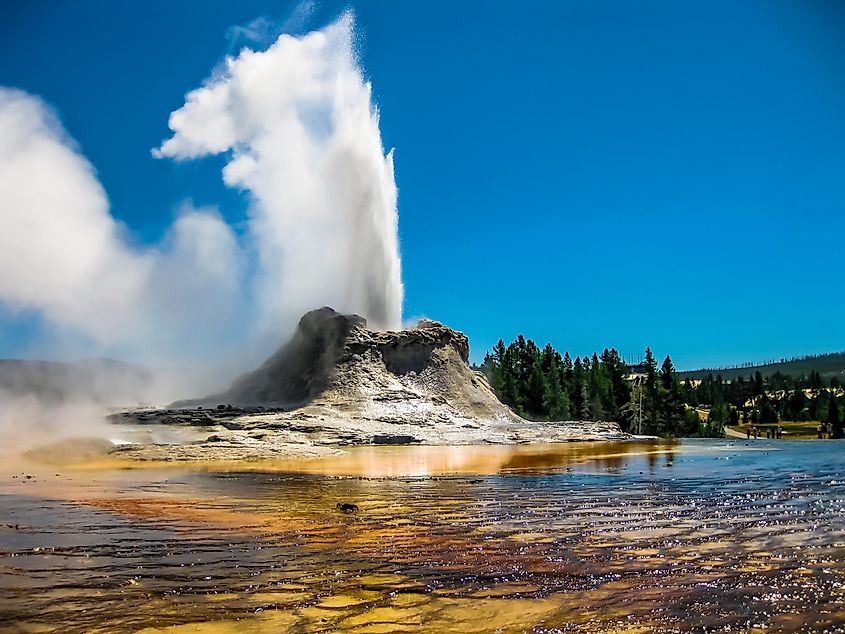
Just like Grand Geyser and Old Faithful, Castle Geyser is located in the Upper Geyser Basin of Yellowstone National Park. It is about 1.2 miles away from Old Faithful. One of Castle Geyser’s claims to fame is that it rests on some of the oldest platforms in the United States. Also, Castle Geyser is not only the oldest glacier in Yellowstone’s Upper Geyser Basin but also boasts the largest cone in the geologically-rich region. This water marvel erupts after every 14 hours on average and can spray its water up to 75 feet in the air. This can go on for an impressive 20 minutes. Even after this, it does not slip into a quiet lull but noisily sprays cloudy steam for approximately half an hour.
Daisy Geyser
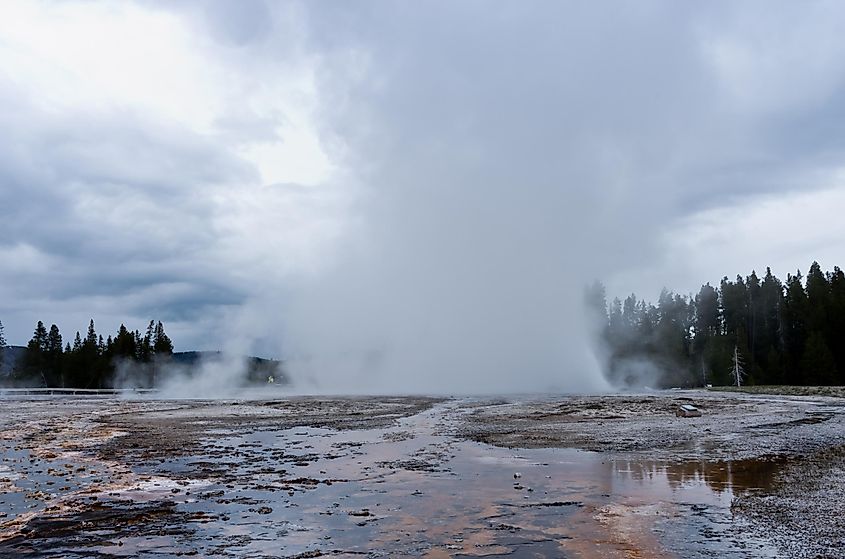
While Old Faithful, Steamboat, and Grand Geyser often hog all the limelight — and deservedly so — Daisy Geyser is also another Yellowstone water wonder that often stages a decent show. And since Daisy Geyser is predictable and one of only a few geysers that are predictable in the United States, it can make for a rewarding visit. Its eruption interval can vary anywhere from between 120 minutes, which is two hours — and 210 minutes. As to how high it can send forth its waters, Daisy Geyser can erupt to a height of 75 feet. If you want to catch it in the act, you will want to check the park’s visitor center so you can be sure about your timings.
Beehive Geyser
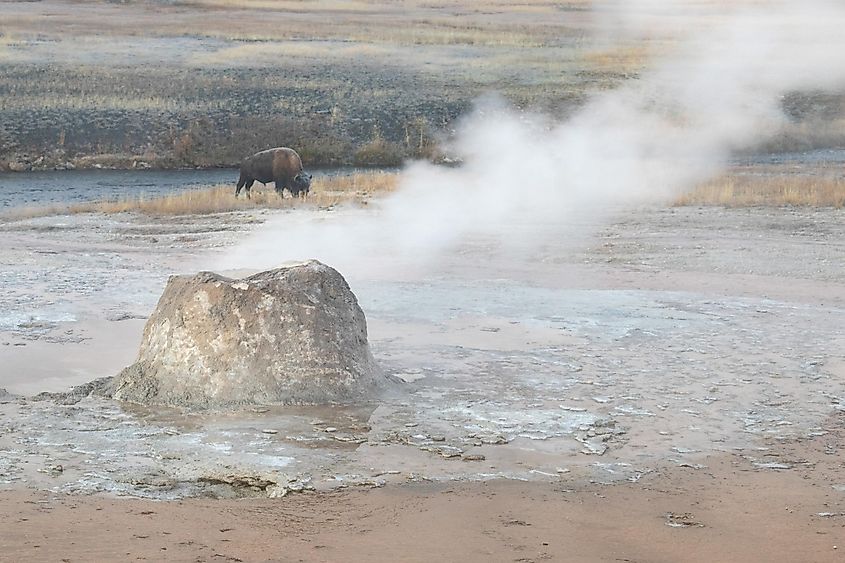
Since an overwhelming majority of geysers in the United States are in Yellowstone, it is the case that Yellowstone plays host to most of the popular geysers in the country. It should not, therefore, come as a complete surprise that Beehive Geyser is also in Yellowstone National Park. Beehive Geyser’s spectacular eruptions, while not predictable, are known to take place daily, sometimes twice a day. When it blows off, it can last for about 4-5 minutes. The height of Beehive’s eruptions is, however, among its most remarkable features. Beehive’s water column can go as high as 150 feet in the air. On a good day, you will see it soaring even 200 feet in the water-drenched sky.
Anemone Geyser
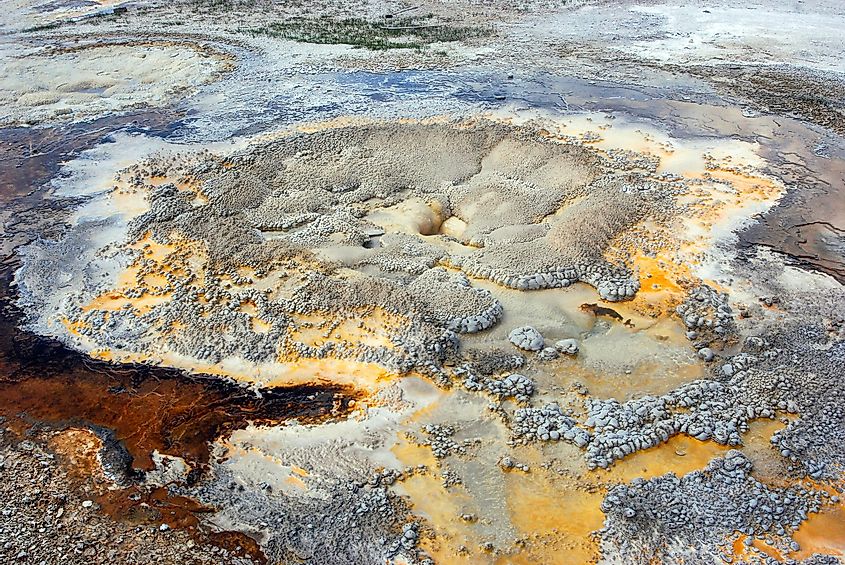
Named for the Anemone flower, the delicate but pretty flower that is either single or double-bloom, Anemone Geyser also earns a deserved spot among the most famous geysers in the United States. Anemone Geyser is, however, not a single geyser but two closely-related geysers located within ten feet of each other. Because these two geysers erupt in almost similar ways and because they have a similar appearance, including the presence — in both — of a smooth, round sinter, they are assigned the same name. Located in the Upper Geyser Basin of Yellowstone National Park, Anemone Geyser erupts after every ten minutes or so. This feature makes them one of the easiest geysers to see in Yellowstone. Then again, unlike other geysers, an Anemone eruption is often accompanied by the depletion of steam before that of water.
The Takeaway
Few countries in the world can hold a candle to the United States when it comes to the number and variety of both manmade wonders and natural marvels. For those who want to experience the country’s nature in its most wild and whimsical, Yellowstone National Park, which American naturalist John Muir described as among “nature’s sublime wonderlands,” could just be the country’s finest gem. America’s first national park plays host to approximately 50% of the world’s geysers, including the inimitable Old Faithful, the colorful Morning Glory, and Steamboat, the tallest geyser in the world.




